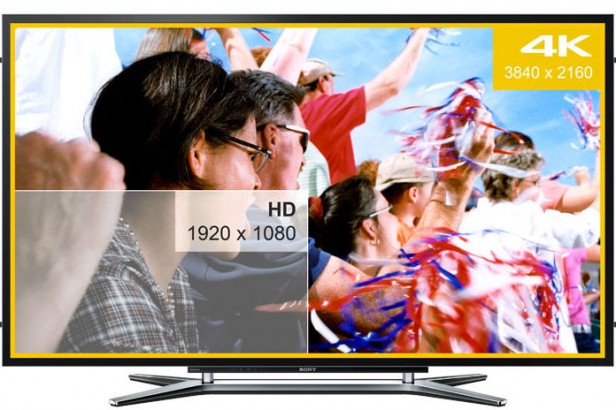Practical issues and technical realities of 4K production and delivery
There’s lots of discussion surrounding the emergence of UltraHD TV and the need for content to populate the new models of televisions now coming on the market. That’s because the sets themselves, in a variety of models and sizes, have come down considerably in price (there’s one Chinese manufacturer that’s offering a 46-inch model for under $1,000) and consumers are going to want something in the immersive format to watch. According to the Consumer Electronics Association (CEA), Ultra high-definition TVs, with four times as many pixels as HD TVs, are expected to account for about 1.4 million units sold in the U.S. in 2016, or about 5 percent of the entire market.

NPD DisplaySearch, a market research firm, agrees in its latest report, stating that 4K UHDs will account for 6 percent of display shipments this year and increase to 24 percent by 2015.
That’s why it’s recommended to attend the panel discussion entitled “UHD/4K Implementation: Practical Issues and Technical Realities.” For example, the minimum resolution for displays using the name Ultra HD is set at 3,840 by 2,160 pixels (also known as Quad Full High Definition). Those shooting native 4K images capture at 4096 lines x 2160. Once it’s recorded, the smaller number is used to distribute the bandwidth-hungry content.
A 1080p video source can be scaled perfectly by simply doubling each pixel horizontally and vertically, using 4 pixels on the Ultra HD 4K display to represent each pixel from the original source. Similarly, a 720p source pixel can be tripled horizontally and vertically, using 9 pixels on the 4K display for each pixel from the 720p source. The 720p and 1080p resolutions will also evenly divide the 8K resolution of 7680 × 4320, but 8K is farther in the future.
From a broadcaster’s perspective, a variety of technical and operational implementation issues need to be considered before deciding when and where to implement UHD/4K. Will they have to migrate to four 3Gbps signal paths in their facilities to make it work, or will new forms of compression help alleviate some of the storage and network capacity issues. Various sports leagues and live broadcasts are already shooting the format in the field for enhancing instant replays with more detail and sower motion (due to shooting in higher frame rates).
Join the discussion on November 14 at 9:00 AM as the next generation of television and high-resolution video delivery is discussed and the technical realties of implementing UHD/4K revealed.
This session is open to registered Conference Attendees only.
Get the TV Tech Newsletter
The professional video industry's #1 source for news, trends and product and tech information. Sign up below.
